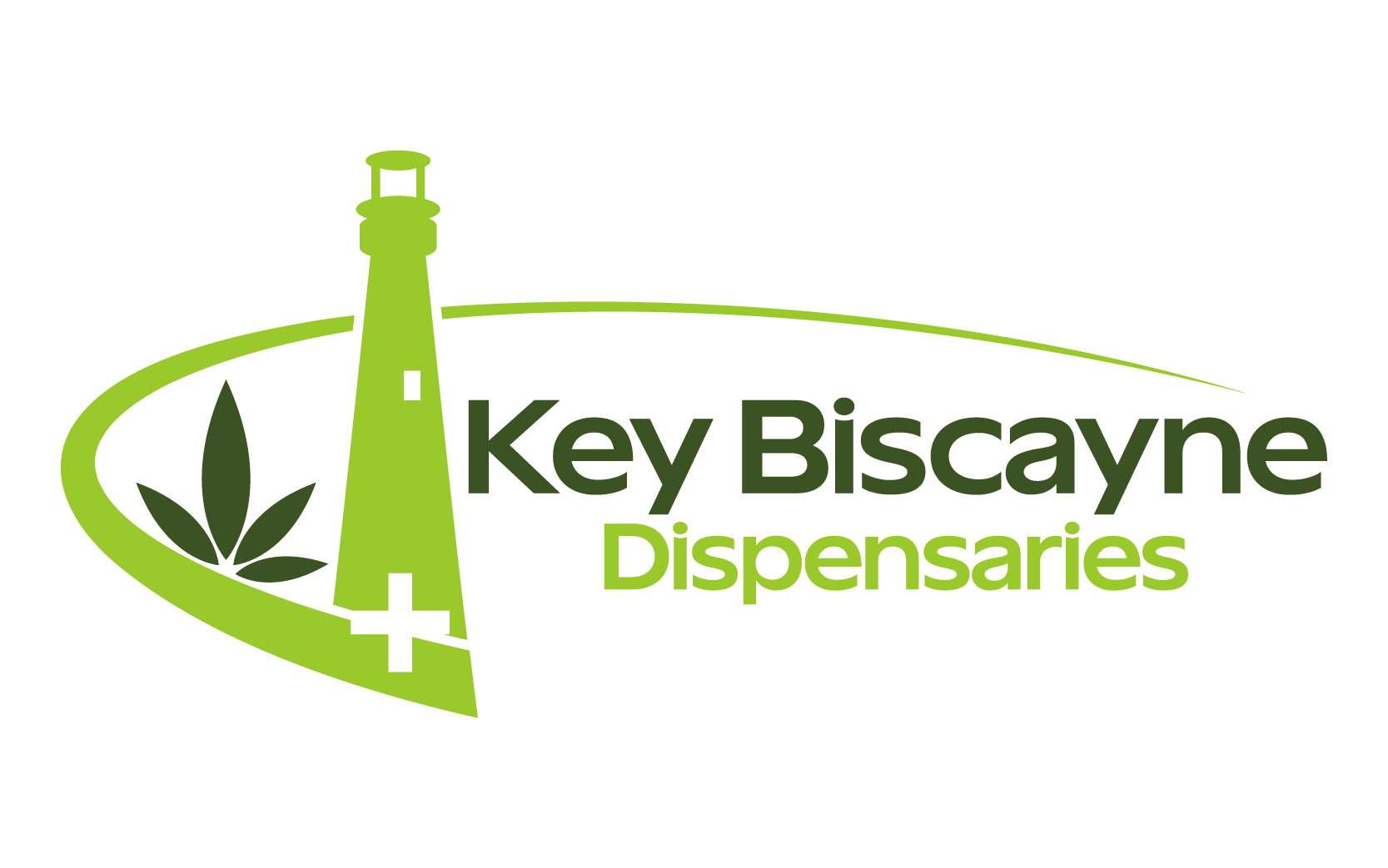Exploring the World of Cannabis Edibles
The cannabis industry has witnessed a major shift over the past decade, with edibles emerging as one of the most popular and accessible consumption methods. From gourmet chocolates to THC-infused beverages, cannabis edibles offer an alternative to traditional smoking and vaping, providing consumers with a discreet, flavorful, and often more potent experience. Whether for medicinal or recreational purposes, edibles are revolutionizing how people incorporate cannabis into their daily lives.
Why Choose Edibles?
One of the biggest advantages of cannabis edibles is their convenience and discretion. Unlike smoking or vaping, edibles produce no odor, making them a preferred choice for those who want to consume cannabis without drawing attention. They also eliminate the potential health risks associated with inhaling smoke or vapor, an important consideration for users with respiratory issues.
For medical patients, edibles offer precise dosing, making it easier to control the amount of THC or CBD consumed. Many edibles are labeled with exact cannabinoid content, allowing users to tailor their intake to their specific needs, whether for pain relief, anxiety management, or sleep support.
How Do Cannabis Edibles Work?
Unlike inhaled cannabis, which takes effect almost immediately, edibles must pass through the digestive system before the cannabinoids enter the bloodstream. This process typically results in a delayed onset of effects, ranging from 30 minutes to two hours, depending on an individual’s metabolism and what they have eaten. However, once the effects kick in, they tend to last much longer—anywhere from four to eight hours—making edibles an excellent choice for sustained relief.
The digestive process also converts THC into 11-hydroxy-THC, a more potent compound that leads to a stronger and sometimes more intense experience than smoking. Because of this, first-time users are advised to start with a low dose, usually around 2.5 to 5 mg of THC, and wait at least two hours before consuming more.
Types of Cannabis Edibles
The cannabis edibles market has expanded beyond traditional brownies and gummies, now including a wide range of options:
- Baked Goods – Cookies, brownies, and muffins infused with cannabis extracts or cannabutter.
- Gummies & Candies – A favorite among beginners, gummies provide precise dosing and come in various flavors.
- Chocolates – High-end cannabis chocolates cater to those seeking both indulgence and effects.
- Beverages – Infused teas, coffees, and sodas offer a refreshing way to consume cannabis.
- Savory Snacks – Chips, popcorn, and infused nuts provide an alternative to sweet treats.
- Tinctures & Capsules – While not technically an “edible,” these products work similarly when swallowed.
The Future of Cannabis Edibles
As legalization continues to spread, innovation in the cannabis edibles industry shows no signs of slowing down. Companies are experimenting with new formulations, including fast-acting nano-emulsified THC that offers quicker onset times. Additionally, microdosing—a practice where consumers take small, controlled amounts of THC—has gained traction, allowing users to experience the benefits without overwhelming psychoactive effects.
Whether for relaxation, creativity, or medical relief, cannabis edibles are carving out a significant place in the cannabis industry, making cannabis consumption more accessible and enjoyable for all.
